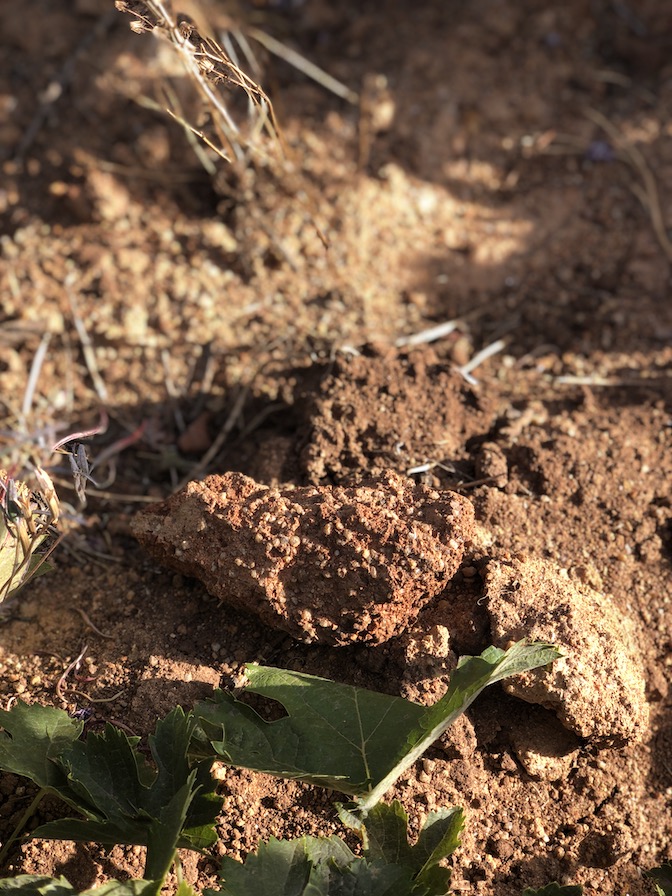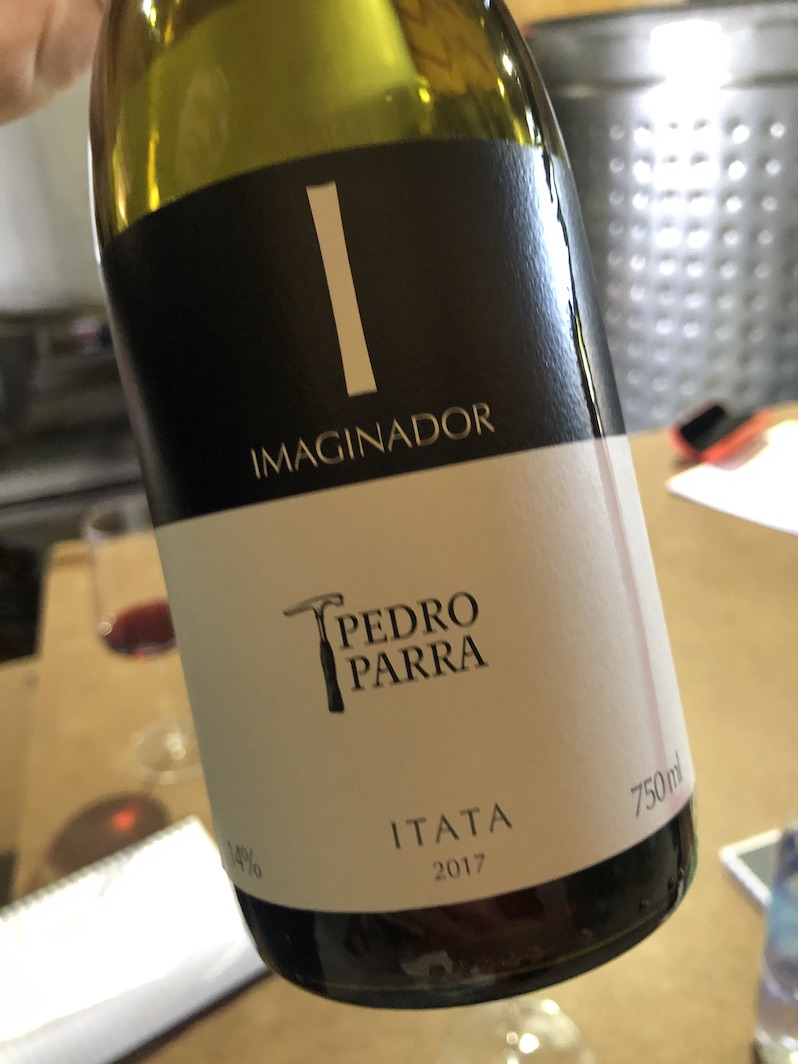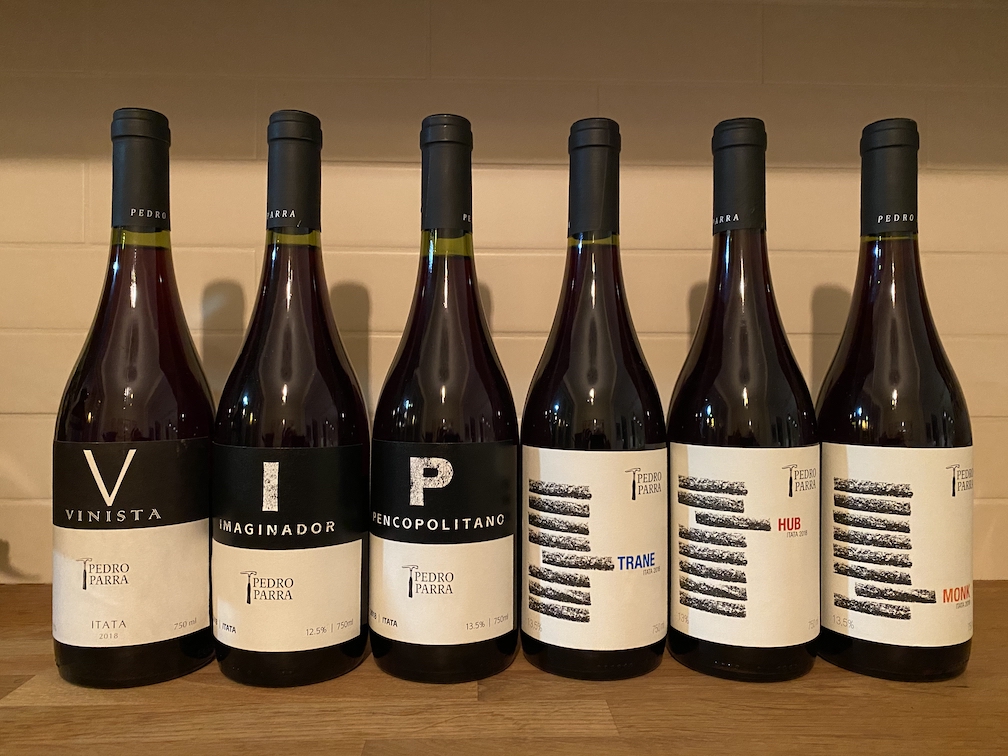
The wonderful wines of Pedro Parra: Chile’s ‘Dr Terroir’
For a man who goes by the moniker ‘Dr Terroir’ it seems entirely fitting that our first glimpse of Pedro Parra comes as he literally appears out of the earth, one step at a time, from one of his legendary pits, behind a sprawling line of vines.
Around six feet deep, these ‘calicatas’, resembling empty graves, allow him to thoroughly inspect a vineyard’s soil structure. Known in the wine world as “Pedro Pits”, they appear everywhere he works, meaning that he and his team must do more digging than the average undertaker.
… “a modern day Indiana Jones” …
There is something wild, something appealingly unkempt, about Itata, the region in Chile’s south that Parra calls home, and the same is true of the man himself: he could be the incarnation of the bush vine about which he is so passionate. He would no doubt prefer Wine Spectator’s description of him as a ‘modern-day Indiana Jones’.
Born in the coastal town of Concepción, Parra trained for the region’s big business, forestry management, then became a successful jazz musician before the terroir took over his life, with a French master’s degree in soil types, which took him to Paris, Montpellier and the vineyards of Burgundy, where he fell in love with the celebrated ‘climats’.

With his new expertise in soil analysis, Parra became a consultant, working initially with the legendary Aurelio Montes in Chile, then expanding across continents from Argentina to Italy, Australia to the United States and Canada, mapping the earth and making his recommendations.
A successful partnership with renowned wine consultant Alberto Antonini led to a lasting friendship and also inspired Parra’s own winemaking career, initially as a team member at ‘Clos des Fous’, with François Massoc, Paco Leyton and Albert Cussen, and, more recently, creating his own wines as well.
Clos des Fous is boutique by Chilean standards, producing around 10,000 cases, exported to 25 countries. Liberty Wines was among the first customers and its founder, David Gleave MW, has added Parra’s eponymous wines, with highlights from the new range unveiled at its portfolio tasting back in January.

Just as Itata’s scenery feels very different to Chile’s bigger, more northerly, wine regions, so do the wines. Parra has a passion for the region’s old vines and winemaking traditions. “We need more grape varieties in Chile”, he tells me, “we have a great diversity of terroir, but we lack the same diversity of grapes”.
… On a mission …
On a mission to revive Pais and champion Cinsault, Parra identified the sub-region of Guarilihue, 25 km inland from the Pacific Ocean at an altitude of 300 metres. He believes that Itata’s isolation – it was overlooked or even dismissed for years – has actually protected the region.
Many of the dry-farmed bush vines are well over a century old and remain in great condition. Although granitic soils tend to have low fertility, ‘Dr Terroir’ offers a different take: “Itata’s granitic soil is actually surprisingly fertile”, he says, “because it is so deep, with the roots extending far down, it is perfect for the concentration of very old vines”.
Those vines, mostly worked by horse, certainly look to be in rude health, thriving on their own roots – Chile is famously phylloxera-free, courtesy of the Andes – whilst seeming to relish the challenge of dry farming, diving deep for water and nutrients. Parra is working with the local landowners to move to entirely organic farming methods, but this is a work in progress.

Parra’s winery could be described as the definition of rustic chic, the collection of fermenters resembling a Bankside art installation. Hired from a local farmer, for a peppercorn rent, this once abandoned barn might be on its last legs structurally, but it now shudders to the sound of loud jazz music, the aromas of freshly-ground coffee fill the air, the walls are adorned with funky canvas portraits. Outside, there’s a barbecue area for entertaining. Here, Itata meets Hoxton.
The Pedro Parra range is tiered, like Beaujolais, into ‘entry level’, ‘village level’ and ‘cru’, for specific vineyard sites. A big fan of whole bunch fermentation, he talks a lot about “energy” and “feeling the terroir in the wine” and, even at the bottom of the range, there are thrills and spills, with bright juicy fruit, tension and mineral character from all that granite. Vegan-friendly, these are emphatically wines for the times.

Pedro Parra, `Vinista` Itata Valley Pais 2018 (RRP £15.99) with around 20% whole bunch fermentation and around one year in used oak foudre, this captures the wild berry freshness of Pais, with crunchy fruit and a grind of black pepper, at an attractive price.
Pedro Parra, `Pencopolitano` Itata Valley Cinsault/Pais 2017 (RRP £17.99), named after the term for someone who comes from Pedro’s native city of Concepción, a blend of 67% Cinsault and 37% Pais, vibrant red fruit, soft tannins and wet bark combine to deliver a surprisingly savoury wine.
Pedro Parra, `Imaginador` Itata Valley Cinsault 2017 (RRP £17.99), 30% whole bunch here, with no discernible oak influence, there’s cheeky, fresh red cherry, light, fine tannin structure and a lovely smoky hint of Frazzles in the finish.
Pedro Parra, `Monk` Itata Valley Cinsault 2018 (RRP £29.99), sourced from a single vineyard located in Guarilihue, with around 30% whole bunch fermentation, berries and cherries abound. Complex and long, with a refreshing mineral finish.
Pedro Parra, `Hub` Itata Valley Cinsault 2018 (RRP £29.99), from a single plot of 80-year-old vines, aged in concrete vat, there’s a floral charm to the nose, followed by foraged blackberry, plum and fresh herbs, with that lick of granite to round off.
Pedro Parra, `Trane` Itata Valley Cinsault 2018 (RRP £29.99), named in honour of Parra’s jazz hero John Coltrane, delightfully perfumed, with a refreshing salinity than runs from nose to tail, bright red fruit and mountain herbs combine in this finely polished wine.
The wines are available online at The Whisky Exchange or The Fine Wine Company and you may spot some of the range in good local independent wine shops. Once we’re allowed to dine out again, they should be on good restaurant wine lists too!
This piece originally appeared in The Buyer.